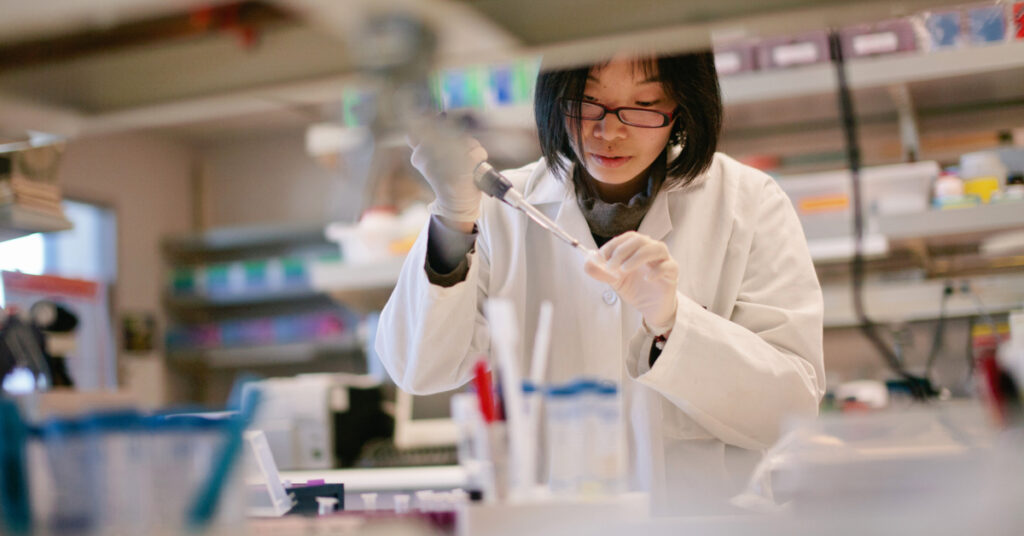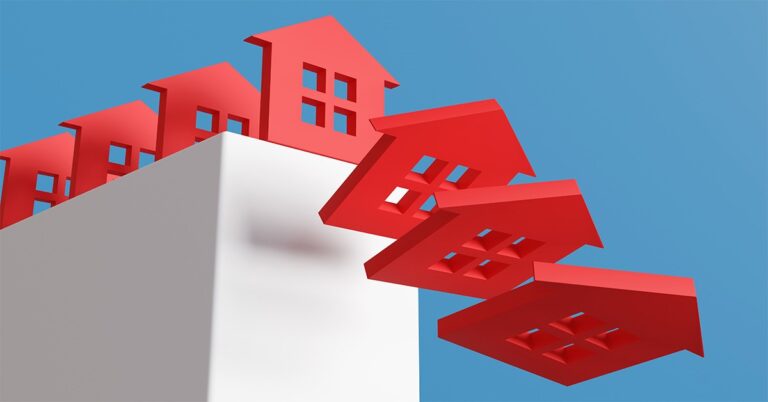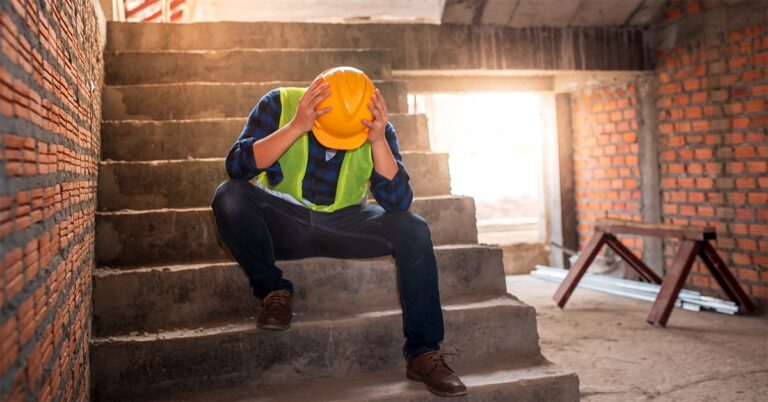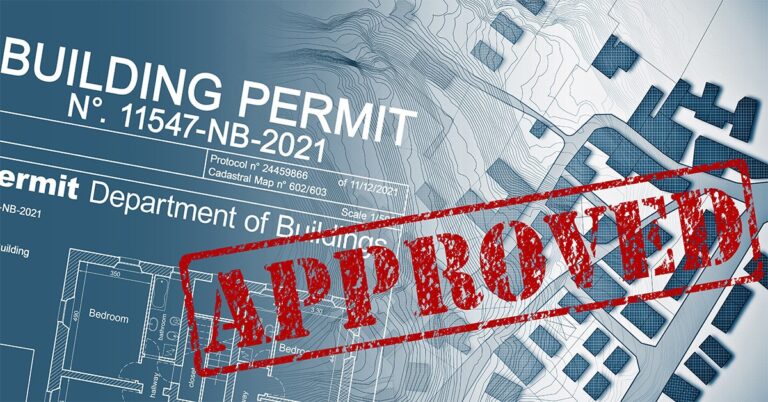Life sciences continues to be a hot subsector in commercial real estate, with demand for space staying keen as the pandemic keeps rolling on, according to CBRE.
Small and mid-sized companies have begun to exercise more restraint in the midst of uneven economic conditions, CBRE reported. Big Pharma’s expansion, however, has thus far gone mostly undeterred, with larger firms continuing to grab more and more space across the United States during the second quarter. Subsequently, the overall lab vacancy rate of the country’s top 12 life sciences markets dropped to 5.2% in Q2, down 10 basis points quarter over quarter. Lab vacancy rates in two of those markets — Boston and Washington, D.C./Baltimore — are currently under 2%.
Such expansion is coinciding with big gains in life sciences and biotech employment. Jobs in the life sciences increased by 5.5% annually during the second quarter, bettering the segment’s three-year average growth rate of 4.6%. Research and development within biotech alone saw 13.5% employment growth year over year, a new record high. And investors keep pumping money into the space; while life sciences venture capital funding fell by 13.3% from the first quarter, Q2 venture capital stayed robust at $5.8 billion, higher than the level seen in any second quarter before 2021.
The persisting demand has helped push average lab asking rents in the 12 top markets to $54.77 per square foot, up 5.8% quarterly. In some of those markets, asking rents are clear above that average by a wide margin; rents are clear of $70, for example, in San Diego, while they’re approaching or above $100 in both Boston and New York.
Builders appear to have responded, with total under-construction lab space up by 65.6% annually in the second quarter to 31.3 million square feet. Whether all of that space will be filled may end up being another question entirely; tenant requirements dropped from 26.4 million square feet in the first quarter to 20.6 square feet in the second. Of the 29 million square feet of speculative construction during Q2, almost 70% remained available, along with 9.6 million square feet of extant vacant space.







